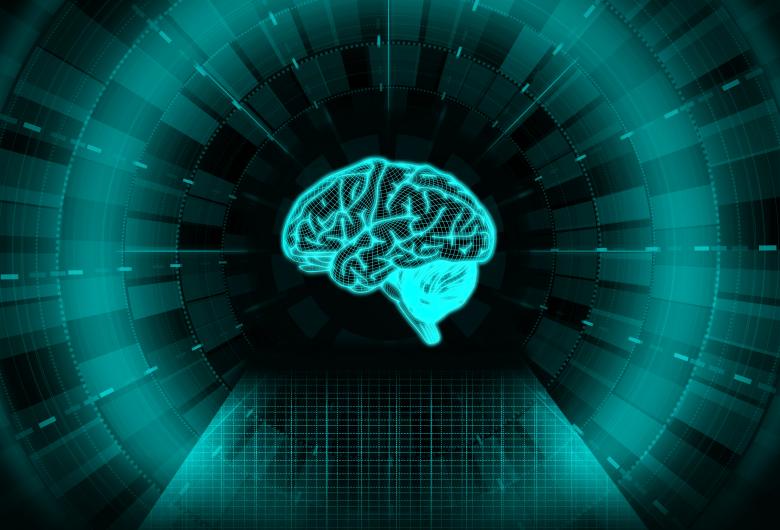Alzheimer’s disease (AD) is a progressive neurodegenerative disease that is characterized by memory loss (the most common symptom), cognitive impairment, and functional decline – it is a looming endangerment to global health, and a threat to the world economy. AD is the most common cause of dementia in people age 60 years and older, and accounts for approximately 75% of the total dementia cases worldwide. As the world’s population is rapidly aging, AD will clearly pose a major health problem in the near future. The currently available therapies for AD provide only symptomatic relief, and will not cure the disease or prevent it from worsening over time.
The invention relates to the innovative application of genistein, a bioactive isoflavone and its medical use in the treatment of AD, which was discovered by UG scientists. Due to the process of autophagy, induced by usage of genistein, the brain cells are stimulated to degrade toxic forms of proteins (beta-amyloid and hyperphosphorylated tau protein) accumulated in the brain. Thus, the application of genistein leads to the reduction of the main cause of the disease, instead of treating only symptoms.
The effectiveness of the therapy is affected by the fact that genistein exceeds the blood-brain barrier. A key element of the developed technology is a proper dosage of genistein used for the treatment of Alzheimer’s. The dosage was carefully selected so that the autophagy process was strong enough to remove toxic forms of proteins, and at the same time, it was mild enough to prevent healthy forms of proteins from being destroyed by the organism.

